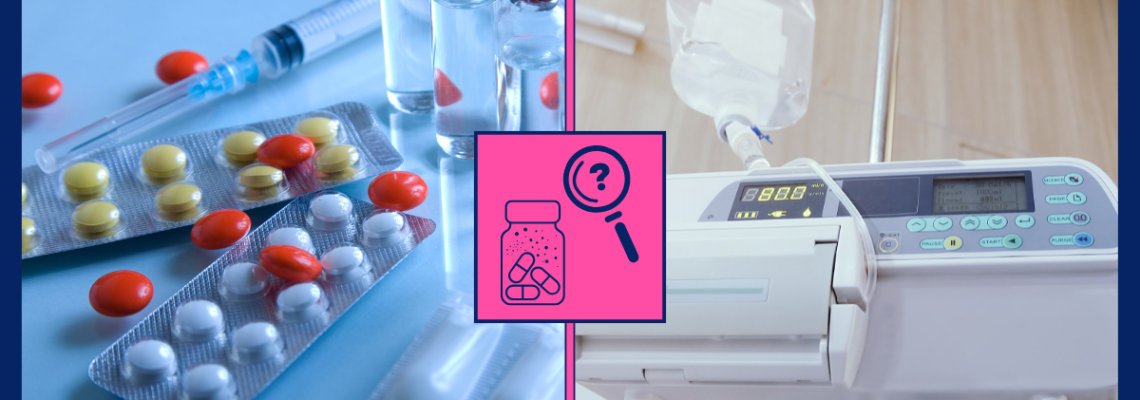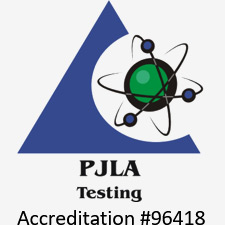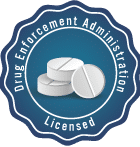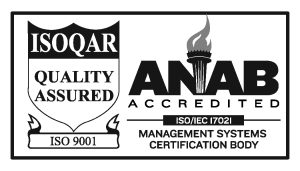Every material used in a pharmaceutical or medical device system carries the potential to release compounds into its environment. Under certain conditions, trace compounds may migrate from components into drug products or biological systems. These chemical releases can influence product stability, patient safety, and regulatory outcomes. Extractables and leachables are central to identifying and managing such risks. While they originate from the same source, each provides a different lens on material performance. One maps the full range of what could be released under controlled conditions. The other captures what is actually present during in-use conditions. Together, they form a framework for anticipating and verifying chemical compatibility in complex systems.
Key Differences Between Extractables and Leachables
Testing Conditions: Extreme Versus Realistic
- Extractables
Laboratory conditions intentionally push materials beyond typical limits. Strong solvents, elevated temperatures, and extended exposure reveal the broadest range of compounds a material can release under stress.
- Leachables
Testing under real-world conditions focuses on compounds that actually migrate into a drug product or biological system during standard storage, handling, or clinical use.
The difference in testing environments reflects the complementary purposes of extractables and leachables. Extractables serve as a broad screening tool to identify all potential chemical migrants, while leachables confirm which compounds are truly present during product use, providing essential data for safety assessments.
Solvents and Matrices: Simplified Versus Complex Systems
- Extractables
To identify potential chemical migrants, extractables testing uses clean solvents chosen to cover a broad range of polarities. This controlled environment minimizes interference, providing a clear view of what a material might release.
- Leachables
Leachables testing takes place in much more complicated settings. Drug products and biological fluids contain diverse components that can interact with migrating substances, making detection and analysis significantly more challenging.
Testing for extractables uses clean, controlled solvents to provide a simple, interference-free environment for compound detection. Meanwhile, leachables analysis must handle complex matrices like drug formulations or biological fluids, where multiple components complicate identification and quantification. These distinctions require tailored analytical methods to ensure accurate and meaningful results.
Analytical Complexity: Abundance Versus Trace-Level Detection
- Extractables
Extractables are typically present in higher concentrations due to the use of pure solvents and aggressive conditions. Their greater abundance makes them easier to detect and identify with standard analytical techniques.
- Leachables
Leachables occur at trace levels within complex matrices. Detecting and quantifying low-level compounds in such environments requires highly sensitive, specialized instrumentation and careful method development to separate them from background signals.
The key difference lies in concentration and matrix complexity. Extractables’ higher abundance in simplified solvents allows for straightforward detection, whereas leachables’ low concentrations within complex matrices demand advanced analytical sensitivity and selectivity to achieve reliable results.
Toxicological Relevance: From Potential Hazards to Actual Exposure
- Extractables
Serving as a broad chemical inventory, extractables identify every compound that could potentially leach out of materials under forced conditions. Toxicologists leverage this extensive profile to flag possible risks and prioritize substances for in-depth safety evaluation.
- Leachables
Measuring the leachables that actually migrate into drug products or biological systems during normal use provides critical data for patient safety assessments. The information derived from leachables analysis quantifies real levels and determines whether those levels exceed toxicological thresholds.
Bridging the gap between theoretical possibilities and actual patient impact, toxicological evaluation depends on understanding which extractables become leachables and at what concentrations, making safety assessments both thorough and practical.
Regulatory Perspective: Predictive Versus Mandatory Evidence
- Extractables
Serving as a guide during early development, extractables studies support material selection and risk assessment through forecasting potential chemical migrants. By using these predictive insights, manufacturers can engage regulators with a clear understanding of possible safety concerns before the product takes shape.
- Leachables
Leachables testing delivers the definitive proof required at later stages, demonstrating that actual migration remains within safety thresholds. Regulators rely on this concrete evidence to grant approvals and ensure ongoing product compliance.
Combining predictive data from extractables with the confirmatory results of leachables enables manufacturers to develop a comprehensive regulatory strategy that balances early risk anticipation with validated safety assurance throughout the product lifecycle.
Why Extractables and Leachables Are Important for Medical Devices
Modern medical devices rely on sophisticated materials that bring both functional benefits and potential chemical challenges. Polymers, adhesives, and coatings all contribute unique compounds that may migrate during a device’s lifecycle. Identifying and controlling these migrations is critical, especially for higher-risk devices that interact directly with the body or deliver medication. Extractables testing uncovers potential chemical risks early, enabling design adjustments to minimize exposure. Leachables testing then validates that migration remains within acceptable limits throughout the device’s service life. Integrating early identification with later validation of chemical migration allows manufacturers to minimize risk, protect patient health, and ensure regulatory compliance.
Advancing Product Safety with Extractables and Leachables Testing
Extractables and leachables testing are vital components of a robust product safety strategy, providing critical insights from early risk identification to final confirmation of patient exposure. Comprehending the unique contributions of both ensures that chemical migration is managed effectively throughout development and into market approval. At Jordi Labs, our specialized extractables and leachables testing services combine advanced analytical techniques with tailored study designs to deliver precise, actionable data. We partner closely with manufacturers to navigate regulatory requirements confidently and keep patients safe. Contact Jordi Labs today to learn how our expertise can support your product’s safety and success.





